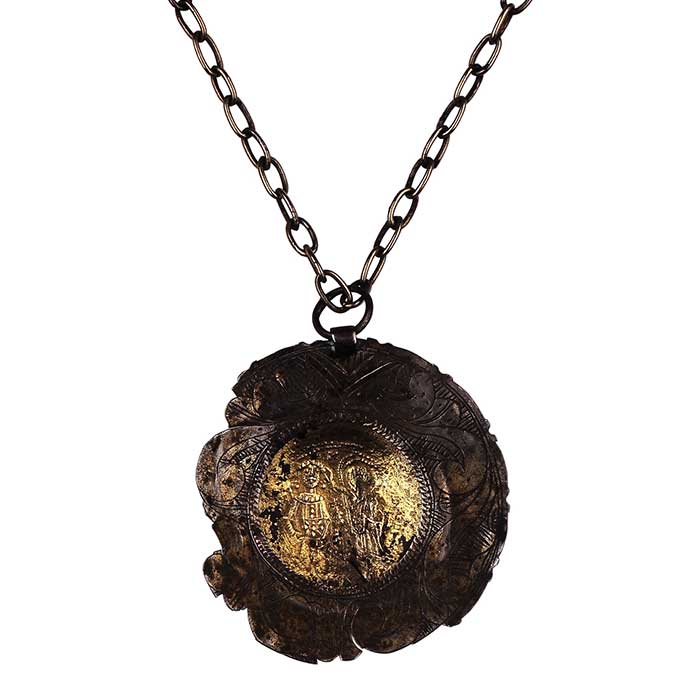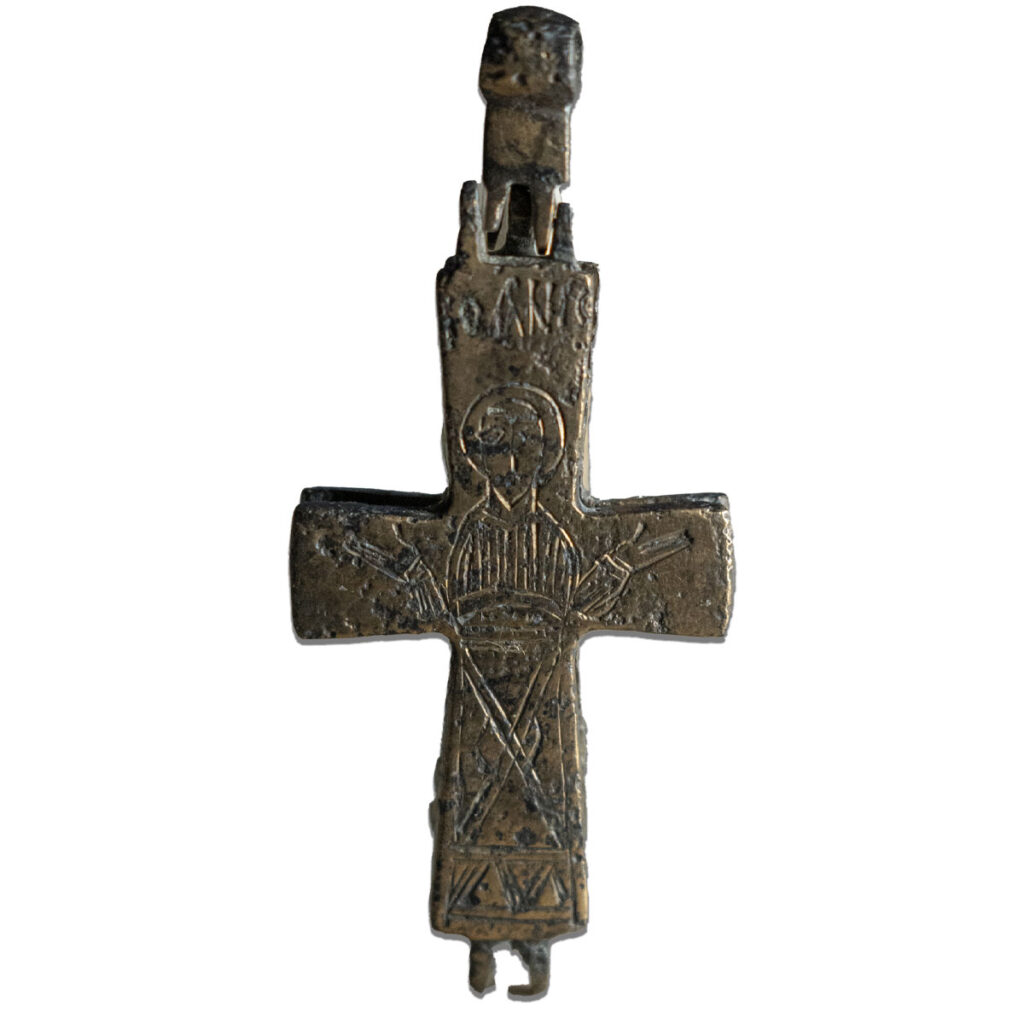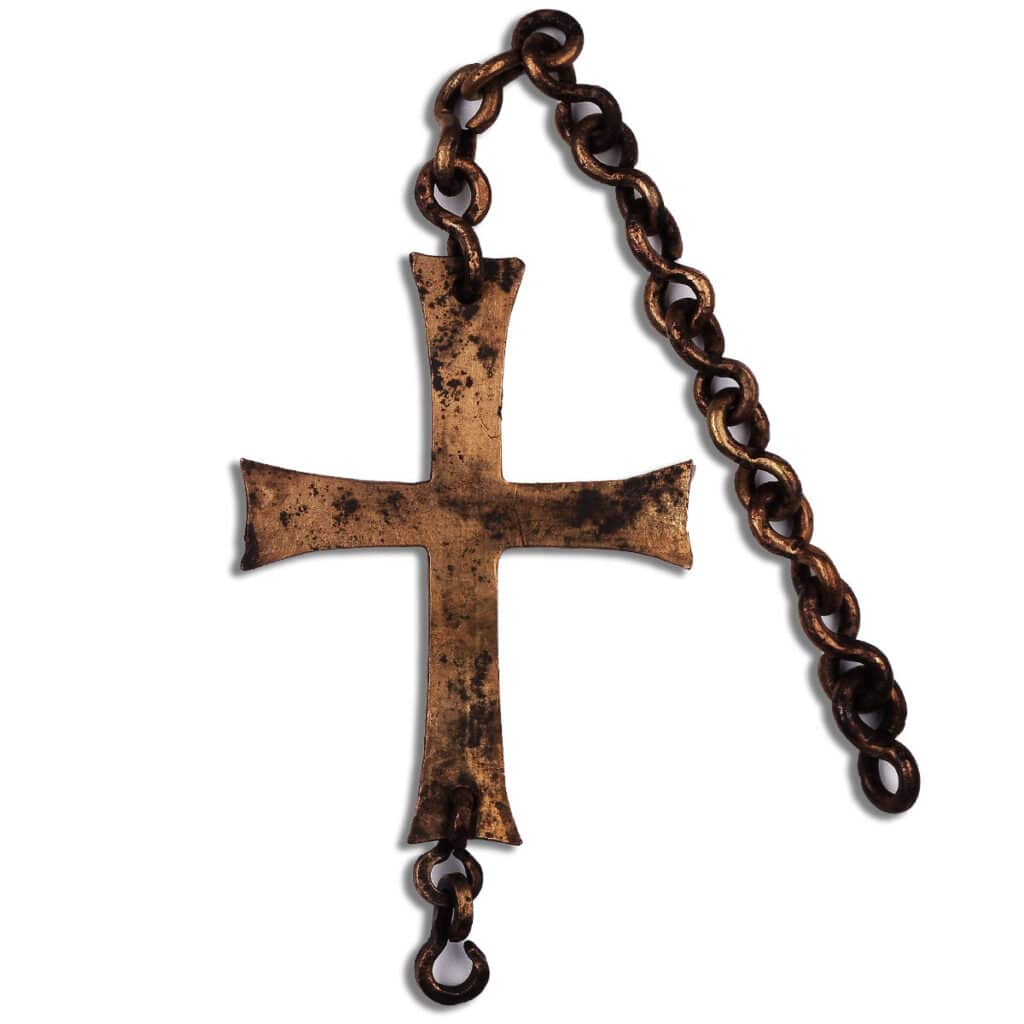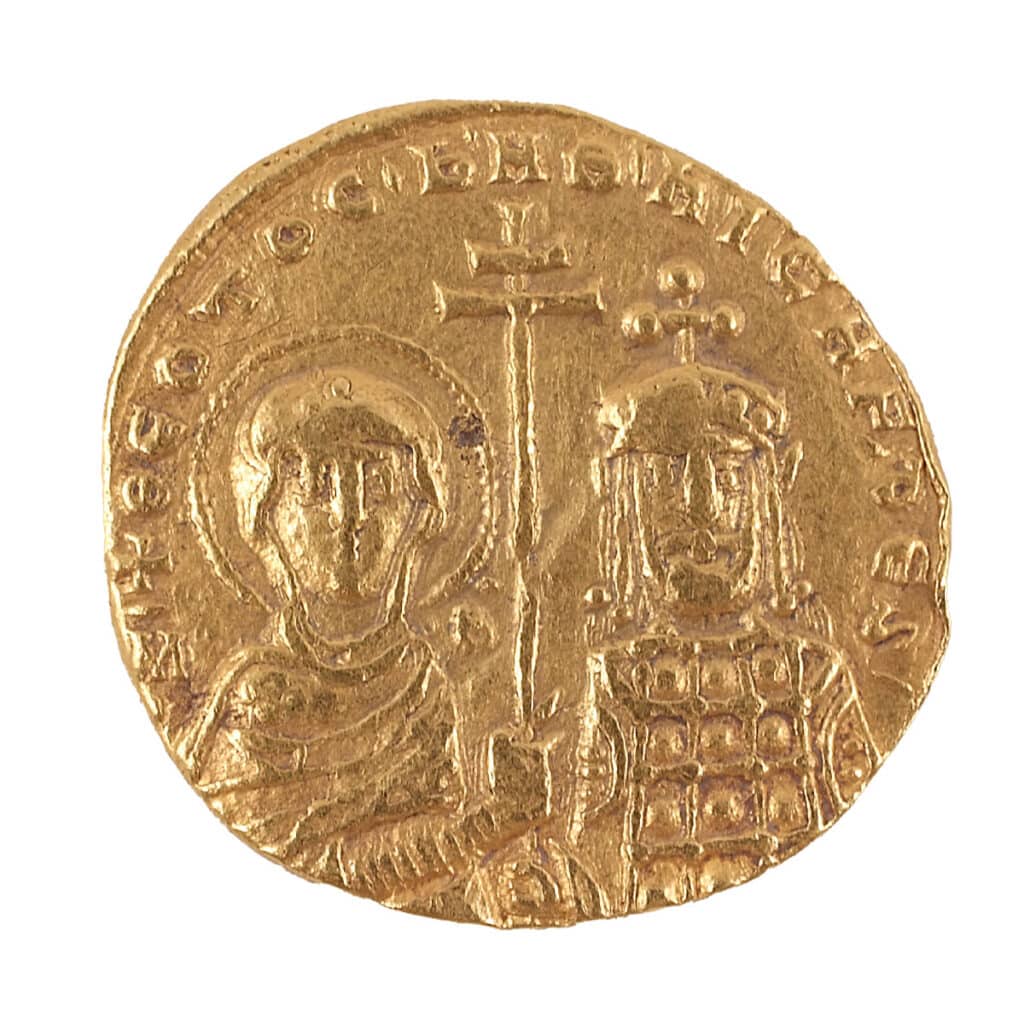Byzantine Period
During the Early Christian years, Ledra was a small town with its own episcopal see. Its first bishop was Triphyllios, who was to be proclaimed Nicosia’s patron saint in 448 AD.
Following the Arab raids in the 6th century AD and the plundering of the island’s coastal cities, the inhabitants of Ledra moved to the interior, the Mesaoria Plain and the mountains.
Nicosia probably became Cyprus’s administrative centre and its capital during the 10th century, when it had a castle and became the seat of the Byzantine court. The last Byzantine ruler of Cyprus was Isaac Komnenos, a self-proclaimed emperor who governed Cyprus from 1184 to 1191.
Ledra – Leukothea – Leukousia – Kalliniki – Leukosia – Nicosia
In the course of the 4th century AD Ledra was also known as Leukothea, or ‘city of the white gods’. In various manuscripts of the 6th to the 12th centuries, it is also recorded as Leukousia, and various ecclesiastical reports of the same period refer to the city as Kalliniki. In the early 13th century its Greek name, Leukosia, was recorded in texts, whilst its Latin equivalent, Nicosia, also became prevalent. Both these names are commonly used today.





